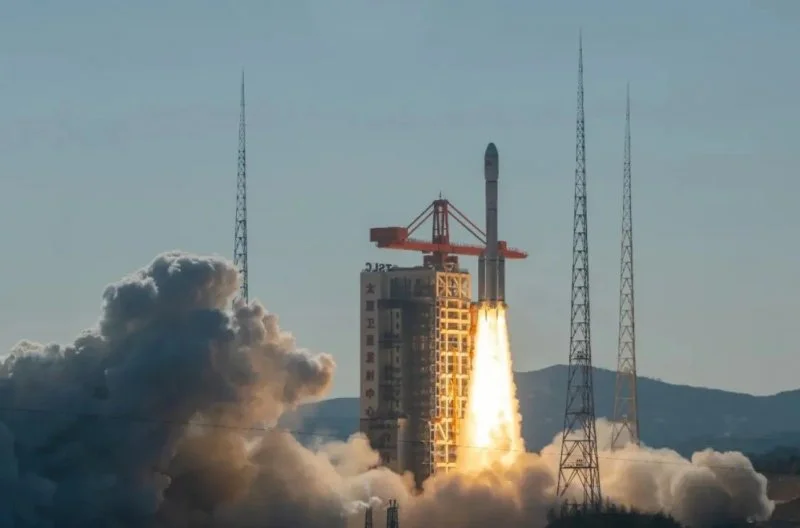
China’s Growing Dominance in Remote Sensing Technology: A New Era of South-South Cooperation
China is rapidly expanding its capabilities in remote sensing technology, not only for its own purposes but also as a means of fostering international cooperation. Recent developments highlight China's commitment to sharing its expertise and resources with nations in the Global South, creating a new model for South-South cooperation. This trend is evident in the launch of new satellites, the provision of data access, and assistance in building space capabilities for other countries.

A key example of China's progress is the successful launch of the Yaogan 40 Group 02, a trio of Earth surveillance satellites. Launched on a Long March 6A rocket from the Taiyuan Satellite Launch Center, these satellites are designed to "carry out electromagnetic environment detection and related technical tests." While official details remain limited, Yaogan satellites are generally understood to serve military purposes, showcasing China's dual-use approach to space technology.
The launch marks the 574th mission for the Long March rocket series and the 20th launch of 2025, demonstrating China's increasing launch cadence. The Long March 6A, a modified version of the Long March 6, successfully delivered its payload into a sun-synchronous orbit, further solidifying China's launch capabilities.

Beyond its own advancements, China is actively engaging in South-South cooperation. CGTN reports that China is providing global users with access to data and services from a wide range of Earth observation satellites. More importantly, China is aiding other nations in developing and launching their own satellites, offering crucial support for countries seeking to enhance their own remote sensing capabilities. This support is seen as an effective model for international partnership, leveraging China's technological prowess to benefit developing nations.
China's approach to satellite technology and data sharing carries significant implications. It not only strengthens its own position in space but also allows other countries to benefit from this technology, potentially driving development and innovation across various sectors. The combination of technological advancement and international collaboration paints a picture of China as a rising force in the global space arena.
What are the potential long-term impacts of China's increasing involvement in global space technology? How will this South-South cooperation model reshape the landscape of international relations in space? Share your thoughts and predictions in the comments below.